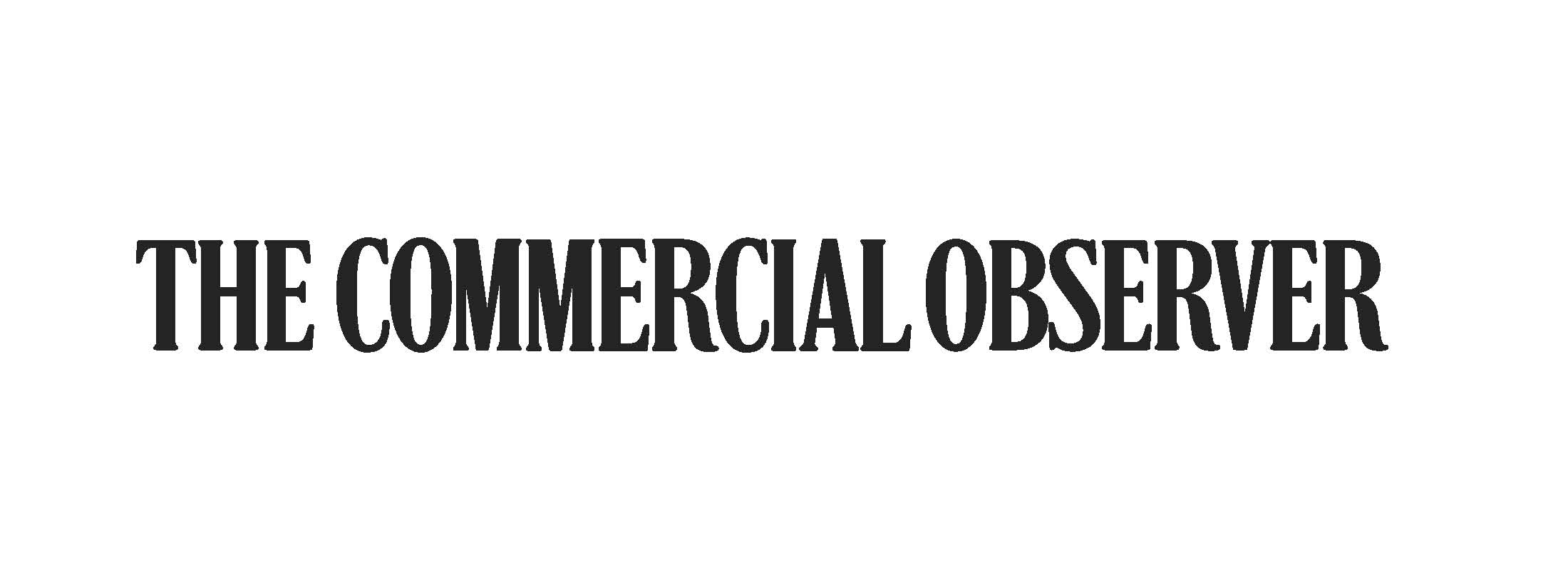Fort Lauderdale + Miami Multifamily Market Report
Fort Lauderdale Market Overview
Fort Lauderdale’s multifamily market benefits from robust economic strength. With a higher concentration of finance, professional, and business services employment, coupled with an unemployment rate below the U.S. average, Fort Lauderdale’s economic foundation is solid. Despite a recent slowdown in population growth due to affordability concerns, there has been a strong recovery in net international migration. Furthermore, the market’s thriving office-using sectors, housing market performance, and diverse top employers contribute to a promising outlook for the multifamily sector in Fort Lauderdale.
Fort Lauderdale Highlights
- Over the last couple of years, transactions of over $100 million have increased significantly in Fort Lauderdale.
- The 12-month asking rent growth is 0.3%, standing at $2,237.
- Approximately 70% of construction starts are set to deliver in the next two years, with 2023 expected to see the delivery of over 5,000 units by the end of the year.
- Despite having the fourth-largest supply pipeline among all Florida markets, Fort Lauderdale’s multifamily vacancy rate is the fifth lowest in the state.
Rents | Vacancy | Construction
About 60% of the units underway are concentrated in the area between I-95 and the Atlantic Ocean.
The Fort Lauderdale multifamily market has seen a significant slowdown in rent growth following a period of double-digit rent increases. Class A apartments saw a decline of 0.9% annually, while Class B and C segments saw growth of 1.4% and 3.0%, respectively. The Fort Lauderdale market is experiencing an increase in vacancies, which currently stand at 6.6%, due to slowing demand, a robust supply pipeline, and shifting economic conditions. However, it continues to perform well in comparison to other Florida markets. There are currently 10,434 units under construction, with 70% of the units set to deliver as Class A.
Sales
Year-to-date sales volume for the Fort Lauderdale multifamily market totals over $920 million. The average sale price of multifamily properties over the last 12 months in Fort Lauderdale is $10.3 million. Cap rates for Class A properties have risen by over 100 basis points, from lows of around 3.4% in 2021 to over 4.8% in 2023.
Central Fort Lauderdale remains a major target for investor demand since it makes up over 25% of total inventory.
Fort Lauderdale by the Numbers Last 12 Months
- Vacancy Rate: 6.6%
- Asking Rent Growth: 0.3%
- Units Delivered: 4,506
- Units Absorbed: 2,053
- Sales Volume: $1.5B
Miami Market Overview
Miami’s strong tourism sector and higher-than-average annual job growth rate set the stage for robust market conditions. Various sectors, such as mining, professional services, healthcare, and food services, have been pivotal in driving job growth. Moreover, the market’s tech sector and office-using industries present several growth opportunities, while its attraction for international migrants aids population stability. The thriving startup ecosystem and robust housing market, marked by significant home value increases, further enhance Miami’s multifamily market outlook.
Miami Highlights
- Developers are set to deliver record levels of new apartments, with 2023 expected to have over 8,000 unit deliveries and a forecast to reach record levels in 2024 with over 11,000 new units.
- Rent gains remain higher in Miami relative to similar-sized markets such as Tampa, Orlando, Jacksonville, and Palm Beach.
- Downtown Miami represents over 50% of Miami’s under-construction activity.
- The average sale price in Miami for the last 12 months is $8.3 million.
Rents | Vacancy | Construction
There are currently over 32,000 units under construction, representing the largest supply pipeline in all of Florida and the sixth largest in the country.
Asking rent growth in the Miami multifamily market has increased by 1.2% in the last 12 months to the current rate of $2,278. Rent premiums have increased from around 25% in 2020 to over 35% currently. Absorption for H1 2023 has been solid, with over 1,700 units occupied, higher than the level absorbed in H1 2022. Vacancies have increased from historic lows of 3.0% in Q1 2022 to 6.0% in Q2 2023. Notably, supply underway represents around 17.4% of existing inventory, with approximately 90% set to deliver as Class A luxury units. New development is occurring in areas with a significant and growing share of neighborhood amenities, including proximity to beach access and new or updated retail establishments.
Sales
Sales volume in Miami’s multifamily market has totaled $1.9 billion in the last 12 months. There was an average sale price of $286K per unit. Institutional and private equity players, as well as public and private REIT buyers, have been active in these transactions. The focus of activity has been primarily on Class A assets, demonstrating strong pricing for well-located and well-maintained older assets.
Downtown Miami, Wynwood, and Miami Beach have been central targets of investor demand, comprising over 24% of transaction volume since 2020.
Miami by the Numbers Last 12 Months
- Vacancy Rate: 5.0%
- Asking Rent Growth: 1.2%
- Units Delivered: 6,362
- Units Absorbed: 5,490
- Sales Volume: $1.9B










